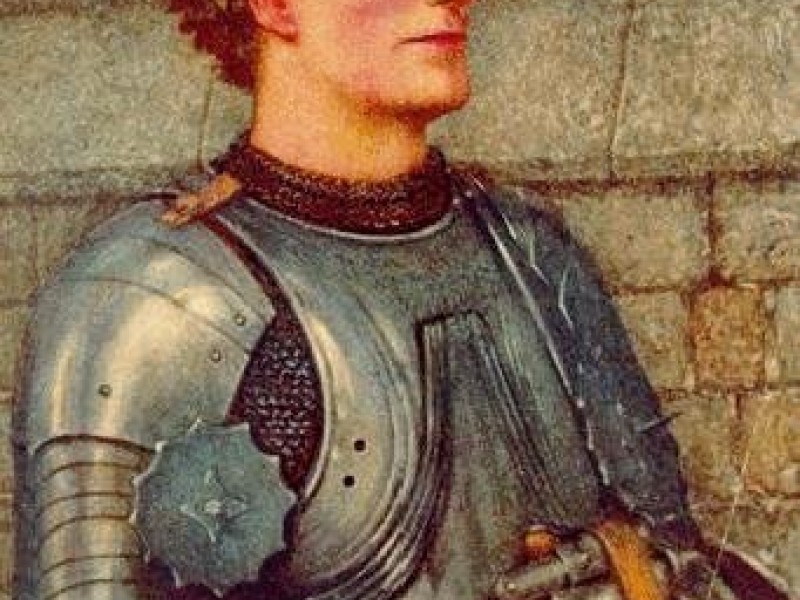Sir Gawain
Gawain was one of the great heroes in the Arthurian legends. No other knights appeared in more tales, yet he is not often the chief hero in most of these medieval romances.
Earlier tales of Gawain showed that he was the ideal or the perfect knight, by whom other knights were measured. However, with the French romances, he was supplanted by other heroes such as Lancelot, Tristan, Perceval and Galahad. The French writers tended to portray Gawain as an anti-hero and a womaniser; a ruthless and treacherous knight, particularly by the time of the Merlin Continuation (Post-Vulgate) and the Prose Tristan (c. 1240).
Gawain was almost always a fierce supporter of King Arthur, his uncle. His first appearance as Gwalchmei or Gwalchmai in the Welsh tale called Culhwch and Olwen (c. 1100, in the Mabinogion) was short on details, unlike the three Welsh romances that were written later in the mid-13th century (also part of the Mabinogion). His name, Gwalchmei, mean "Hawk of May", and since the month of May usually indicated the start of summer in the Celtic calendar, this suggests that he was a solar god. In Geoffrey of Monmouth's work called Historia regum Britanniae, he was called Gualguanus, as the fiery, reckless knight (see the Life of King Arthur).
Gawain was a prominent character in all five romances of Chretien de Troyes, yet his role was secondary to the chief hero of each of the romances. His first major role was in Chretien's last work, Conte du Graal ("The Story of the Grail" or Perceval), in c. 1180, which the poet never completed. This was the first story of the Grail. In other versions about the Grail, Gawain played an important role in the quest, but he appeared as the main hero in the 1st Grail Continuation (c. 1190) and the German Diu Krone (c. 1210).
Gawain was also a prominent figure in a number of prose romances of the Vulgate Cycle (c. 1225-1237), particularly in the Vulgate Merlin, but his role was overshadowed by Lancelot in Prose Lancelot. In the Queste del Saint Graal, he had no success in the Quest. And in the final Vulgate text, Mort Artu, there was a rift between the two friends, Gawain and Lancelot, when the latter inadvertently killed Gawain's two brothers when Lancelot was rescuing Queen Guinevere from execution.
By the time of the Post-Vulgate romances (such as the Suite du Merlin and Post-Vulgate version of the Quest, c. 1240-1250) and the Prose Tristan (c. 1250), Gawain was shown not as a hero, but as a murderous villain. So when Sir Thomas Malory wrote Le Morte d'Arthur (1469), he mainly used the Post-Vulgate texts in his portrayal of Gawain.
You will find more background details in the Knights of the Round Table.
Related Articles
Quest of the White Hart (see Legend of Excalibur)
The Story of the Grail See Grail Legend (Perceval's Tradition)
Vulgate Cycles (Legend of Excalibur, Lancelot, Quest of the Holy Grail and Death of King Arthur)
By Jimmy Joe






